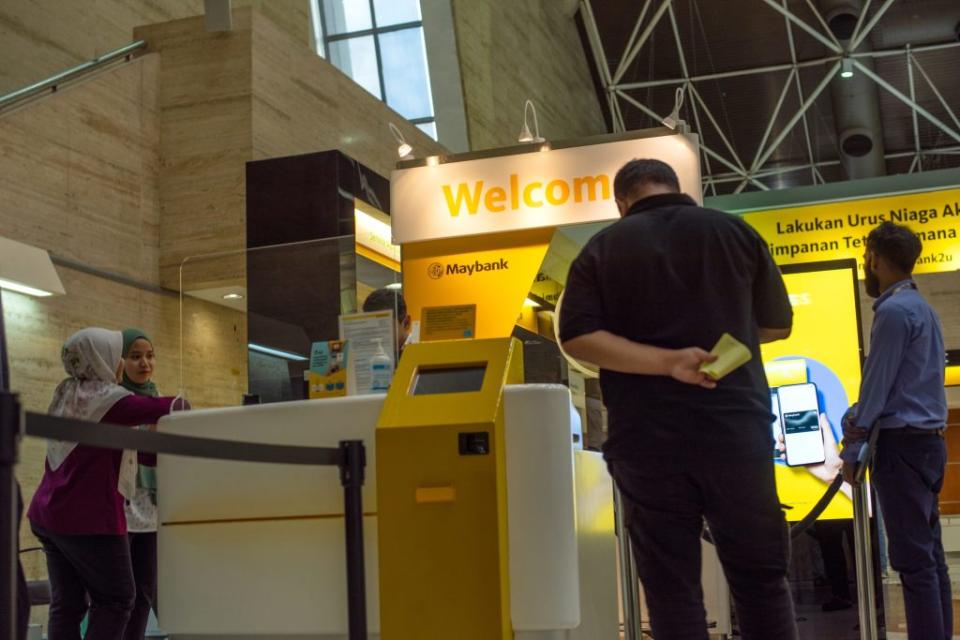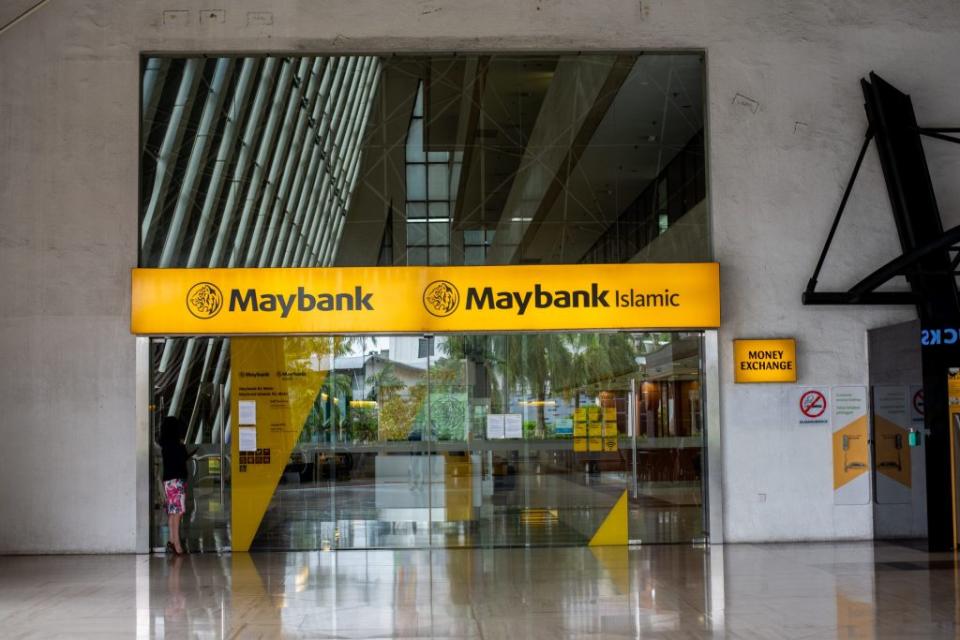How do you lend money when you can’t charge interest? Banks in the Muslim world are figuring out how—and winning non-Muslim customers
Conventional finance—loans, mortgages, interest payments—greases the wheels of modern business. It seems almost impossible to think of a consumer or company operating without credit.
But what if a key part of conventional finance—interest—wasn’t allowed? Banks in the Muslim world have been developing their own version of finance that doesn’t rely on interest payments, barred under some interpretations of Islamic law. And they’re finding a market ready for these alternative financial products in Southeast Asia—and not just among practicing Muslims.
Dato Muzaffar Hisham, CEO of Maybank Islamic, says the bank is trying to build up its strong base in Malaysia while also tapping new business in Singapore, the region’s financial center.
But it’s Indonesia where he sees the most potential for growth. The country of 280 million is home to the world’s largest Muslim population.
“Indonesia is a market we want to grow,” Muzaffar said. “Maybank Indonesia, during my early days, eight to nine years ago, was only contributing 5% of the total assets for sharia, and now it’s grown to about 20%.”
Islamic banking contributes about 28% to Maybank Group’s profits before tax based on 2023 figures. Maybank’s Islamic banking operation is the largest in the Asia Pacific and fifth biggest globally by total assets.
Maybank as a whole reported revenues of $14.2 billion in 2023, placing it at No. 17 on Fortune’s inaugural Southeast Asia 500, which ranks the region’s largest companies by revenue.

Islamic finance is primarily centered on Arabic countries in the Middle East. But demand is growing in Southeast Asia, home to about a quarter of the world’s Muslim population.
Cédomir Nestorovic, a professor at ESSEC business school’s Singapore campus who focuses on Islamic banking and finance, predicts the sector will grow by about 8% a year in Southeast Asia, primarily in Indonesia.
What is Islamic finance?
Conventional finance, traditionally, has a straightforward business model. A financial institution lends money to a borrower, and charges an interest rate as the customer repays the loan. The financial institution then earns income based, in part, on those interest payments.
The problem is that the idea of interest rates, technically, violates Islamic law, or sharia. Islamic law prohibits exploiting others in the course of business, a stricture often applied to interest rates, even at low levels.
Muzaffar acknowledges interest rates are part of the global financial system, but notes that, in Islamic finance, there needs to be some real-world asset, or a good or service changing hands. “We are not, in a simple sense, making money out of money,” he says.
The Maybank Islamic executive uses the example of a house to illustrate how sharia-compliant finance works. In conventional finance, a prospective homeowner will borrow money from a bank to buy a home. The borrower pays back the loan, with interest; if he or she fails to repay, the bank takes possession of the property.
But a homeowner who turns to Islamic finance can’t be charged interest. Instead, a bank like Maybank Islamic might, instead, purchase the home on the owner’s behalf. The homeowner will then pay a market-based monthly fee until eventually taking full ownership.
It’s like rent-to-own, Muzaffar explains, with the bank generating revenue from the land itself. (This is just one method of how an Islamic bank might earn a return from its financial products; other products use profit-sharing agreements or preferential pricing)
The bank still takes action on delinquent borrowers, imposing high penalties on late payments, but Muzaffar explains the collected money is donated to charity.
Globally, Islamic finance covered $4.5 trillion in assets in 2022, and is projected to reach $6.7 trillion by 2027, according to a November report from the Islamic Corporation for the Development of the Private Sector (ICD) and the London Stock Exchange Group (LSEG).
Maybank’s history with Islamic finance
Maybank started offering Islamic financial services in 1993, making it the first conventional bank in the country to do so.

But interest in Maybank’s Islamic financing services took off in the years following the Asian Financial Crisis of 1997–98, and then again after the Global Financial Crisis of 2007–08.
“At that time, Islamic banks were seen as more robust and safer than conventional banks because they were not engaged in junk bonds, short-selling, and speculation,” Nestorovic says.
Next steps
Muzaffar stresses that Islamic finance isn’t meant to replace the global financial system, but instead to offer alternatives to customers—and not just Muslim ones.
Over half of Maybank Islamic’s customers in Malaysia are Chinese, Muzaffar says. (Ethnic Chinese make up around 20% of the country’s population.)
Nestorovic says the attractiveness of Islamic finance to non-Muslim borrowers “is not surprising.”
“Islamic finance is not for Muslims only. Chinese businessmen and consumers are pragmatic. If an [Islamic] bank is offering the best return on investment and lower cost of money, they will go for it—even if it is called Buddhist, Christian, or atheist finance,” he says.
But Islamic finance is also supported by an increasingly devout customer base throughout the Muslim world.
Muzaffar points to the region’s growing halal industry as one that Maybank can complement. (Halal, meaning “permissible” in Arabic, is a religious certification that shows a product complies with Islamic law.)
Halal certification is most prominent in the food and beverage industry, but consumers are increasingly demanding that other products, like cosmetics and appliances, comply with Islamic regulations.
Nestorovic also explained he expects consumers to start seeing halal as a more holistic concept than just particular constraints on production, opening up opportunities for sharia-compliant finance.
“How come Nestlé can say its cereals are halal, if it uses conventional finance to service the production and sale of cereals?” he asks.
This story was originally featured on Fortune.com

 Yahoo Finance
Yahoo Finance 